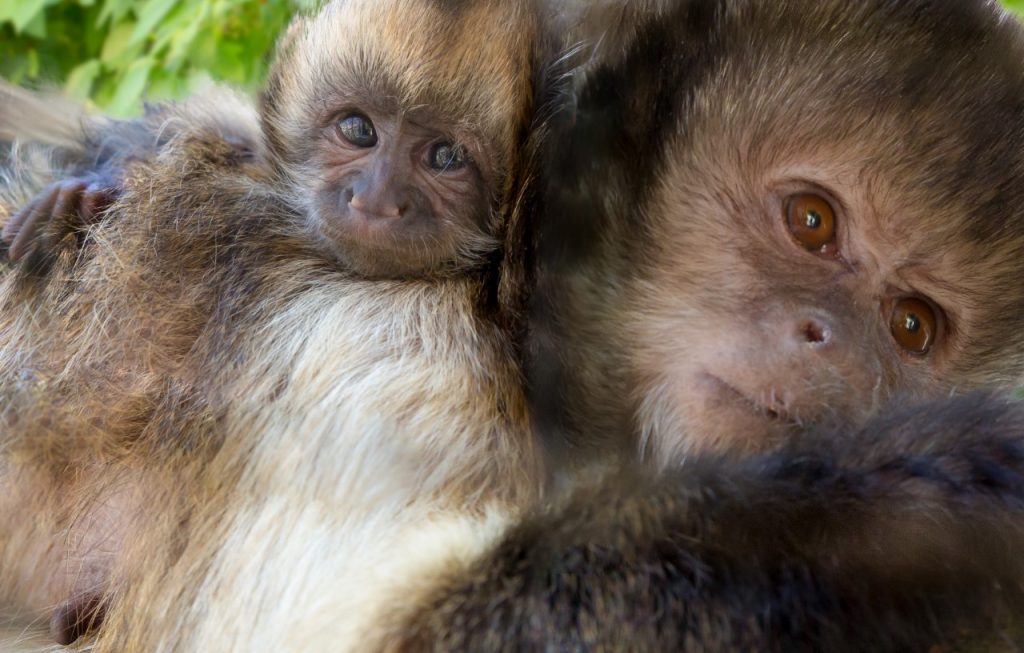The macronutritional composition changes over time in early and mid-lactation milks compared among Perissodactyla families
Citation
Wagner JCP, Diehl M, Po B, Edwards M, Power ML, Trivedi S, Minter LJ, and Ange-van Heugten K. 2023. The macronutritional composition changes over time in early and mid-lactation milks compared among Perissodactyla families. In Brooks M, Fidgett A, Kendrick E, Treiber K Eds. Proceedings of the Fifteenth Conference on Zoo and Wildlife Nutrition, Zoo and Wildlife Nutrition Foundation and AZA Nutrition Advisory Group, Hybrid.
Abstract
Milk composition changes over time so that it may adapt to the nutritional requirements of a growing neonate. This is important to consider when formulating milk replacers. Milk samples were obtained from 12 perissodactyla species from 16 unique institutions: 8 domestic horses (Equus caballus); 13 rhinoceroses (representing three species: Diceros bicornis, Ceratotherium simum, and Rhinoceros unicornis); 5 tapirs (representing two species: Tapirus bairdii and Tapirus indicus); and 16 wild equids (representing six species: Equus ferus przewalskii, Equus grevyi, Equus quagga, Equus zebra, Equus africanus somaliensis, and Equus asinus). Samples were collected between 3 d and 200 d post-parturition (dpp), totaling 209 samples overall. Milk samples were analyzed for crude protein (CP), crude fat, sugar, and dry matter (DM) at the Smithsonian National Zoo and Conservation Biology Institute (SZCBI, Washington, DC, USA) nutrition laboratory. Gross energy (GE) was calculated with the formula: GE = (9.11 kcal/g × % fat + 5.86 kcal/g × % CP + 3.95 kcal/g × % sugar)/100. Statistical analysis was conducted with R software and RStudio. Multilinear regression models were created, and Pearson correlations were calculated to assess macronutrient composition trends over time (dpp). The macronutritional composition was assessed on a DM and GE basis. On a DM basis, there were trends of macronutritional composition changes over lactation in tapirs and rhinos, where sugar was an increasing macronutrient for both, whereas the equid milk was relatively constant in sugar concentration. On a DM basis, tapir milk transitioned from the majority nutrient being protein to sugar. When the change in milk macronutritional composition over time was assessed on a GE basis, tapir milk maintained protein as the highest milk macronutrient, with sugar transitioning to be the second highest macronutrient. On a GE basis, rhino milk trends were consistent with DM trends. Equid milk composition had a rising trend over time in sugar concentrations when expressed on a GE basis. These findings indicate that there are significant differences in milk composition when comparing perissodactyla families. Equine milk would likely be an insufficient replacer for tapirs.
 40_Wagner.pdf 13 KB
40_Wagner.pdf 13 KB








